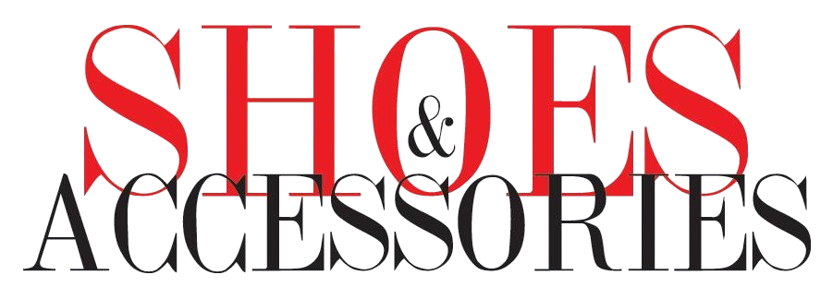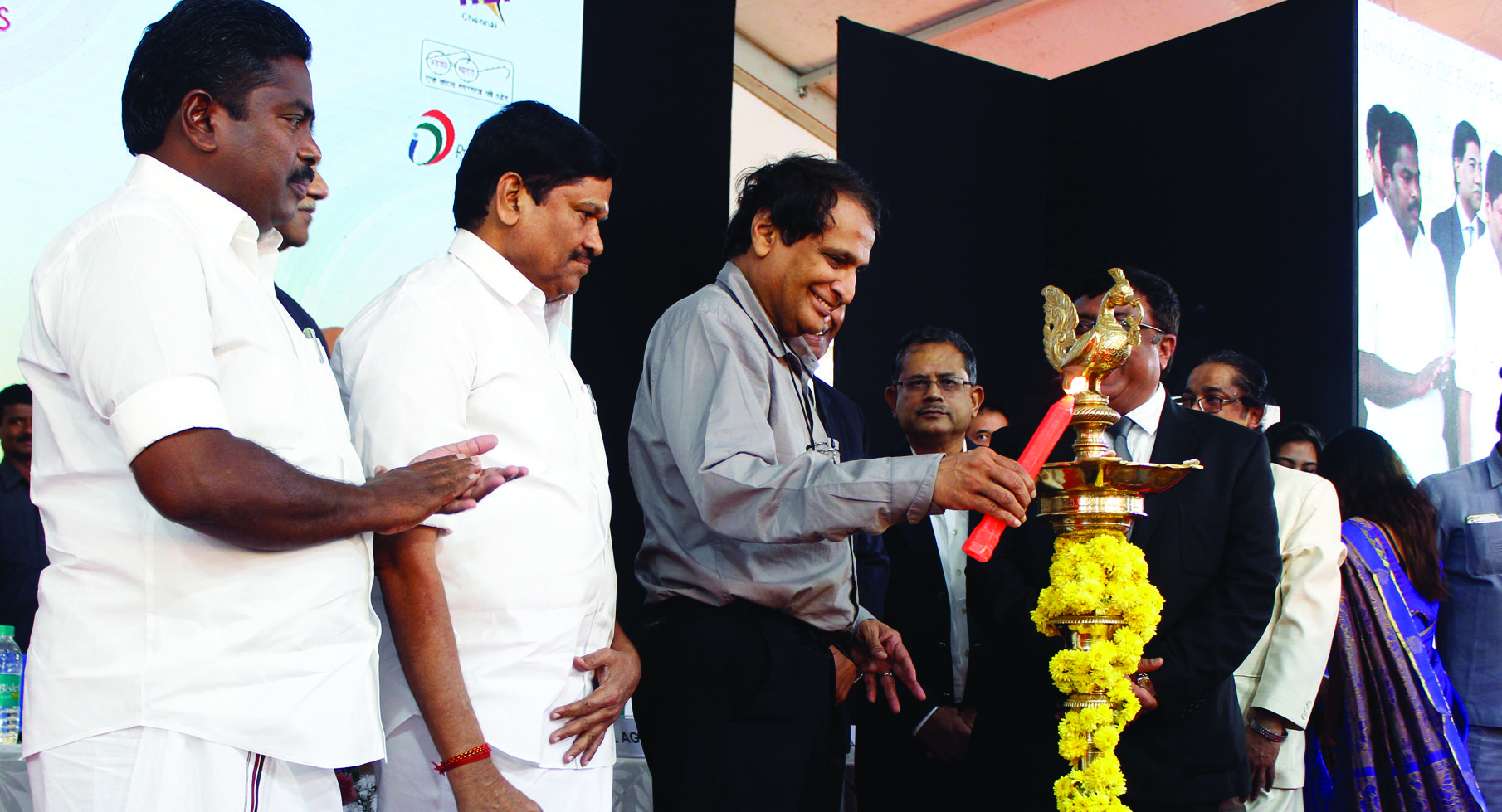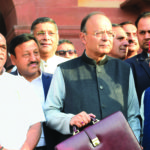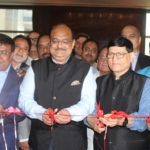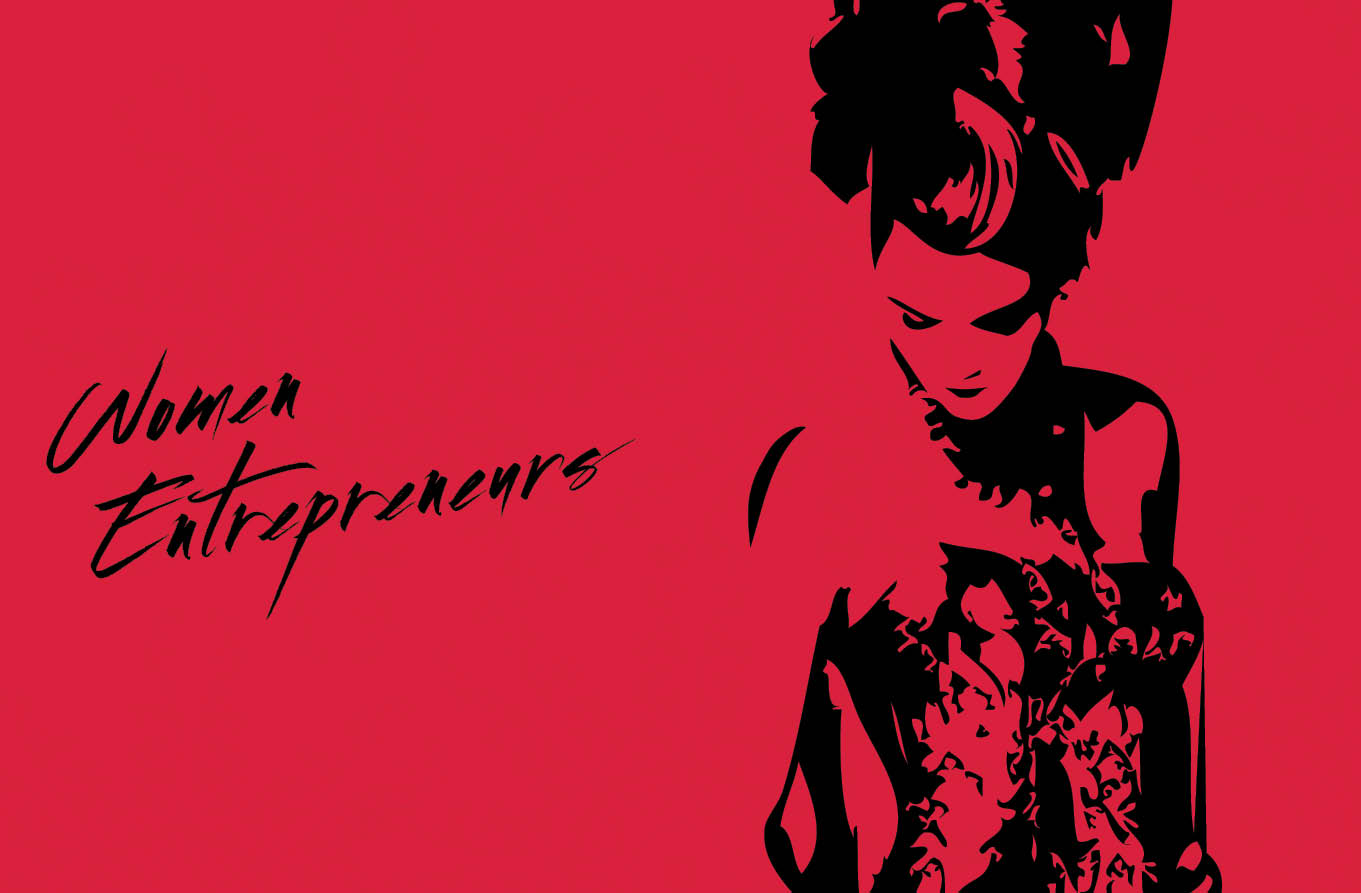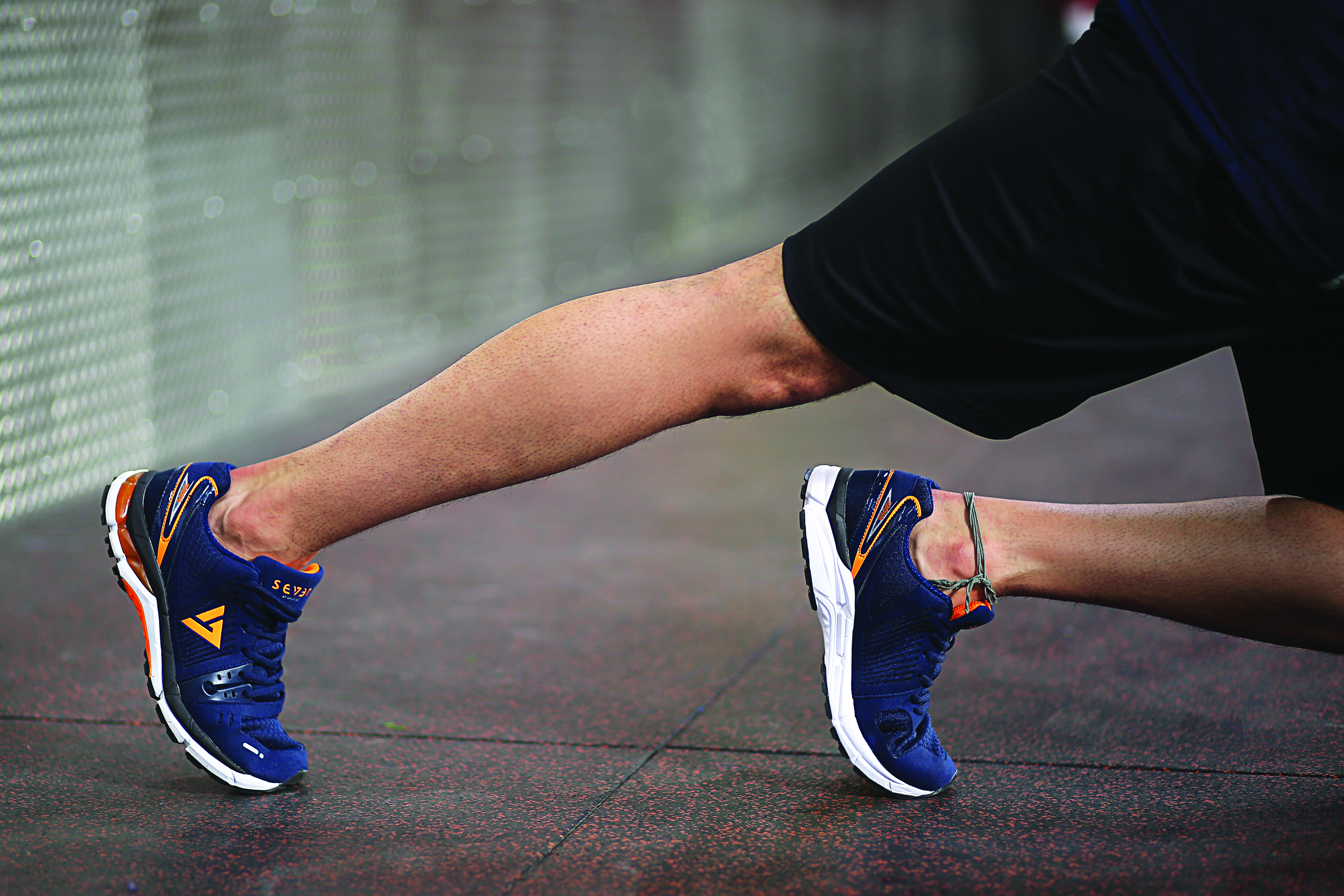What made the fair quite unique was the announcement of a special package by Commerce and Industry minister Suresh Prabhu for the leather and footwear industry with an outlay of Rs 2600 crore for a three year period from 2017-2020.
What made the fair quite unique was the announcement of a special package by Commerce and Industry minister Suresh Prabhu for the leather and footwear industry with an outlay of Rs 2600 crore for a three year period from 2017-2020. 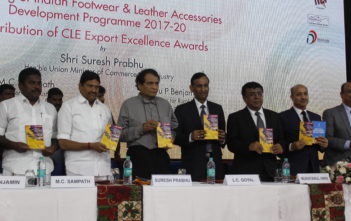
Expressing his view on the special package, the council’s chairman said, “I am sure that this package will lead to substantial growth levels in all core areas namely modernization of production units, upgradation of CETPs, skill development, creation of new production centres in the form of Mega Leather Clusters, brand promotions etc. The industry is keen to ensure maximum utilization of this special package and generate additional employment.”
Industry Overview:
Known for its consistency in high export earnings and being the top ten foreign exchange earners for the country, the Leather Industry holds a prominent place in the Indian economy. With an annual turnover of over $ 17.66 billion, the export of leather and leather products increased manifold over the past decades and touched $ 5.67 billion during 2016-17, recording a Cumulative Annual Growth Rate of about 3.09% (5 years). The major markets for Indian Leather and Leather Products are USA-15.36%, Germany-11.65%, UK-10.74%, Italy-6.63%, Spain-5.19%, France-5.1%, Hong Kong-4.7%, UAE-4%, China-3%, Netherlands-3%. These 10 countries together account for over 75% of India’s total leather & leather products exports. European Union accounts for nearly 56% of India’s total export of leather and leather products.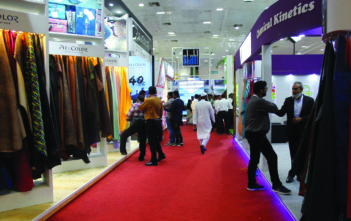
Indian Leather Exports started showing a positive growth this year. It had registered a decline in the past two years. The Indian Leather Exports touched $ 4388.15 million in April-Dec 2017 against $ 4324.04 mn in April-Dec 2016 registering a positive growth of 1.48%.
Mr. Amin was quoted, “The industry expected exports to grow 3-4 per cent in the next few months and reach 10 per cent growth by the end of this year. While the EU is the largest market for leather goods, the focus has shifted to other markets such as the US. But the potential is huge as our market share is barely 1-2 per cent.”
The council has tied up with Footwear Distributors and Retailers of America to further increase its market share. Russia, which is the 12th largest global importer of leather and leather products, is another focus area.
The leather industry is bestowed with an affluence of raw material as India is endowed with 20% of world cattle and buffalo and 11% of world goat and sheep population. Added to this are the strengths of skilled manpower, innovation technology and increasing industry compliance to international environment. The sector offers tremendous potential for sustainable development, both on export front and in domestic market. The growing domestic market for footwear and leather articles is another major factor contributing to the growth of the leather industry in the country. 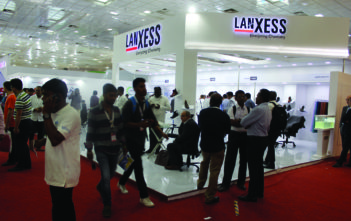 There is a large prospect for tapping domestic market as Indian consumers’ purchasing power is on the rise. It’s believed that the per capita consumption of footwear is projected to grow from 2 to 4 pairs by 2020. All these point towards footwear production to be scaled up from present 2billion pairs to 5 billion pairs per annum in 2020.
There is a large prospect for tapping domestic market as Indian consumers’ purchasing power is on the rise. It’s believed that the per capita consumption of footwear is projected to grow from 2 to 4 pairs by 2020. All these point towards footwear production to be scaled up from present 2billion pairs to 5 billion pairs per annum in 2020.
Clusters and Manufacturing units
India is the second largest producer of footwear and leather garment in the world. The major production centres for leather and leather products in India are located in the states of Tamil Nadu-Chennai, Ambur, Ranipet, Vaniyambadi, Vellore, Pernambut, Trichy, Dindigul and Erode; West Bengal- Kolkata; Uttar Pradesh-Kanpur, Agra, Noida and Saharanpur; Maharastra-Mumbai; Punjab-Jallandar; Karnataka-Bengaluru; Telangana-Konoor and Warangal; Haryana-Ambala, Gurgaon, Panchkula, Karnal and Faridabad; Delhi; Madhya Pradesh- Dewas; Kerala-Calicut; Rajasthan-Jaipur; and Jammu & Kashmir- Srinagar. A total of 2,440 manufacturing units from all the country have been registered with the CLE.
IFLADP 2017-2020
The government approved the special package for employment generation in leather and footwear sector in December, 2017. The package involves implementations of Central Sector Scheme, Indian Footwear, Leather & Accessories Development Programme (IFLADP), with an approved outlay of Rs 2600 crore over the three financial years from 2017-2020 to 2019-20. The IFLADP consists of seven sub-schemes.
HRD: Human Resources Development (HRD) proposes to provide financial assistance to for placement-linked skill development training to unemployed persons and their placement into gainful employment in the footwear, leather, leather and accessories sectors. This scheme would also focus on skill upgradation of existing workforce in the shop floors for enhancing their productivity and exposing workers to better manufacturing processes etc. It is also proposed to train the trainers to create and sustain a technology culture and to enhance competitiveness through upgrading the skills of trainers/ experts of institutions and organization involved.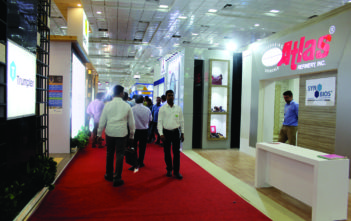
MLFAC: Under the Mega Leather, Footwear & Accessories Cluster (MLFAC), it is proposed to support 3-4 new mega clusters for the next 3-year period. Graded assistance would be provided up to 50% of the eligible project cost, excluding cost of land with maximum government assistance being limited to Rs 125 crores. Proposal for establishment of Mega Cluster at Kothapatnam, Nellore district in Andhra Pradesh has already been approved, and currently under execution. The proposals for establishments of more clusters at IMT Sohna, Haryana, and another at Calcutta Leather Complex, Bantala in West Bengal are under advanced stages of appraisal. Additionally, another proposal for a cluster at Ramaipur, UP is under formulation stage.
IDLS: The integrated development of leather sector (IDLS) proposes to incentivize investment and manufacturing by providing backend investment 30% grant/ subsidy of the cost of the new plant and machinery for modernization/ technology upgradation in existing units and also of or setting up new units.
LTIEI: The leather technology, innovation and environment issue scheme proposes to provide financial support to the leather clusters to meet the prescribed pollution control discharge norms. Under this, proposals for establishment or upgradation of common effluent treatment plants in tannery sector will be funded, 70% of the total project cost.
EIF: Establishment of Institutional Facilities proposes to upgrade the existing campuses of FDDI as ‘Centre for Excellence’. Support will be provided to 3 new fully equipped skill centres of FDDI alongside the upcoming leather clusters.
PIBLFAS: Promotion of Indian brand in leather, footwear and accessories sector will provide funding support for creation of 10 Indian brands in the international market during the next 3 years. The government assistance would be restricted to 50% of the total project cost for eligible subject to a limit of Rs. 3 crore for each brand.
AEILFAS: Additional employment incentive for leather, footwear and accessories sector shall provide additional 3.67% of the employer’s contribution to EPF for those falling under leather, footwear, and accessories sector. This will be in addition to the government bearing 8.33% of EPF contribution.



